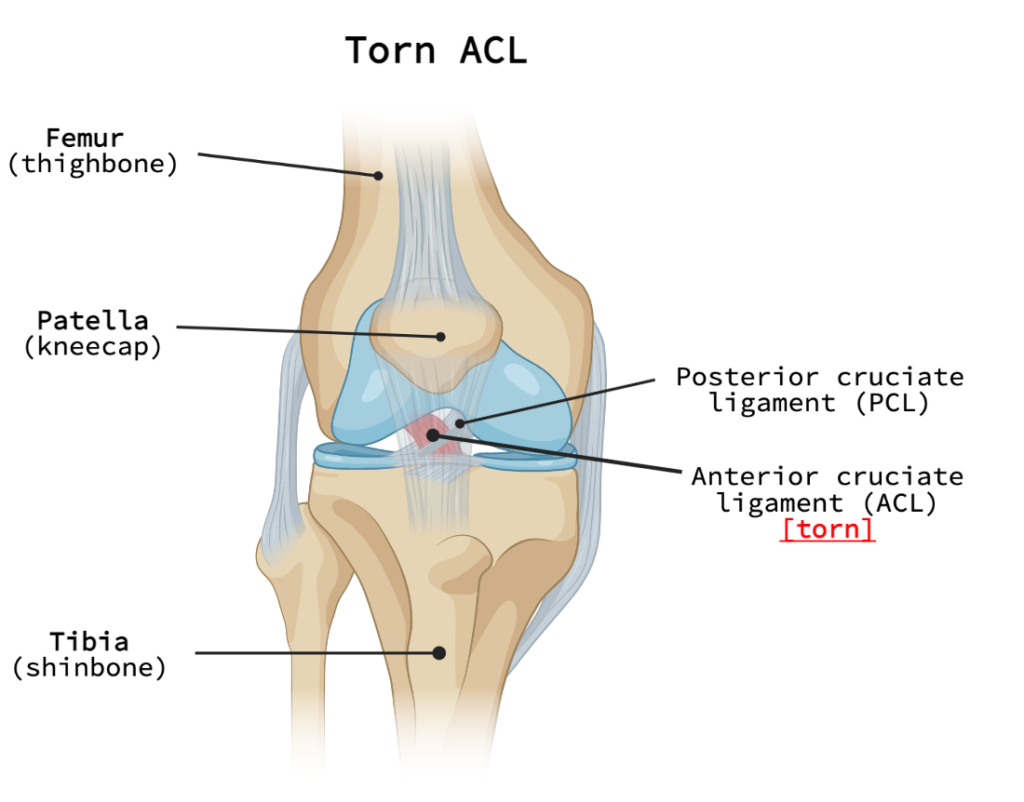
MISSION STATEMENT
To promote workplace and recreational safety. Reduce number of ACL injuries.
– M.I.R.A.C.L Team
ACL Injury Prevention Model
The current incidence of anterior cruciate ligament injuries (ACL) is unknown. However, it is estimated that there are 200,000-350,000 ACL injuries across North America. Athletes are that expose their limbs to over-extension or flexion are more prone to injury and rates that occur vary between the type of sport and sex.
The sport that has one of the most ACL injuries is skiing, with thousands of ACL injuries reported throughout the skiing season in Big White and Whistler. We aim to reduce this number significantly through this innovative prevention program that will incorporate: physical exercises, situational awareness and virtual reality scenarios that will equip recreational skiers with the necessary knowledge before they hit the slopes.
Who are we?
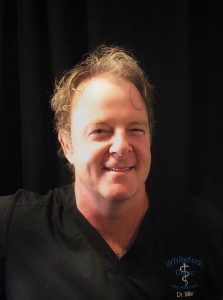
Dr. Mike Figurski, MD
(Lead Researcher)
Big White’s only MD for 25 years. Experience and post-graduate training in anesthesia, sports medicine and emergency medicine.
CEO and founder of Vistacan.
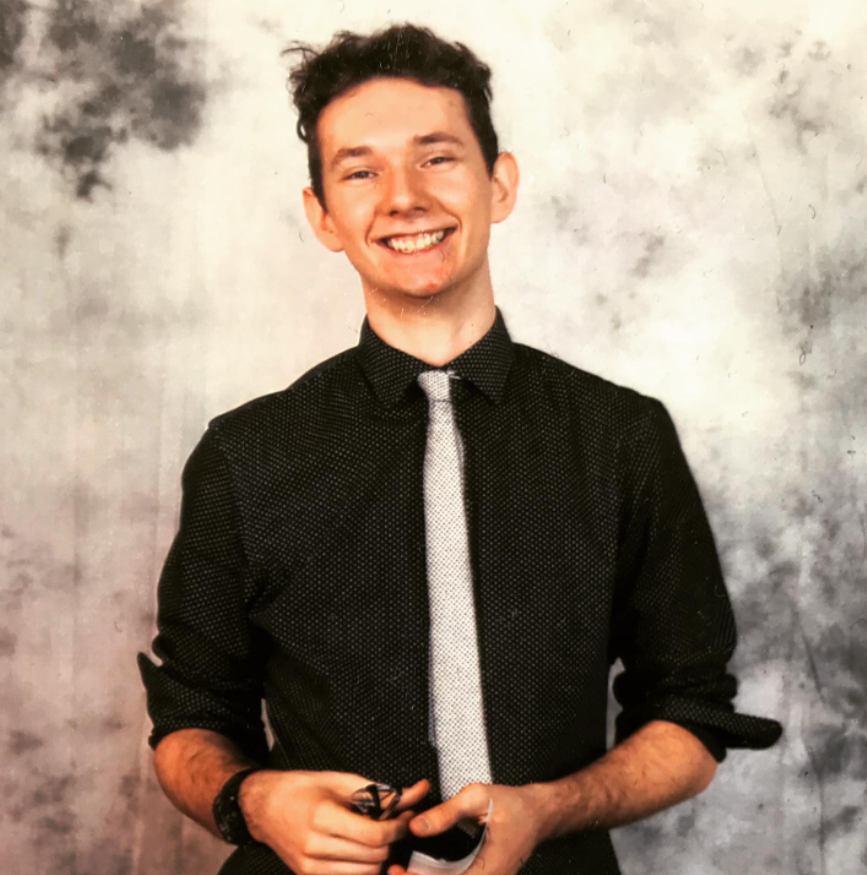
Anthony William Moss
Assistant Researcher
Focus: Design & Implementation.
4th-year UBCV – Honours Biology Undergraduate. Interests: medical genetics, physiology and healthcare delivery optimization.
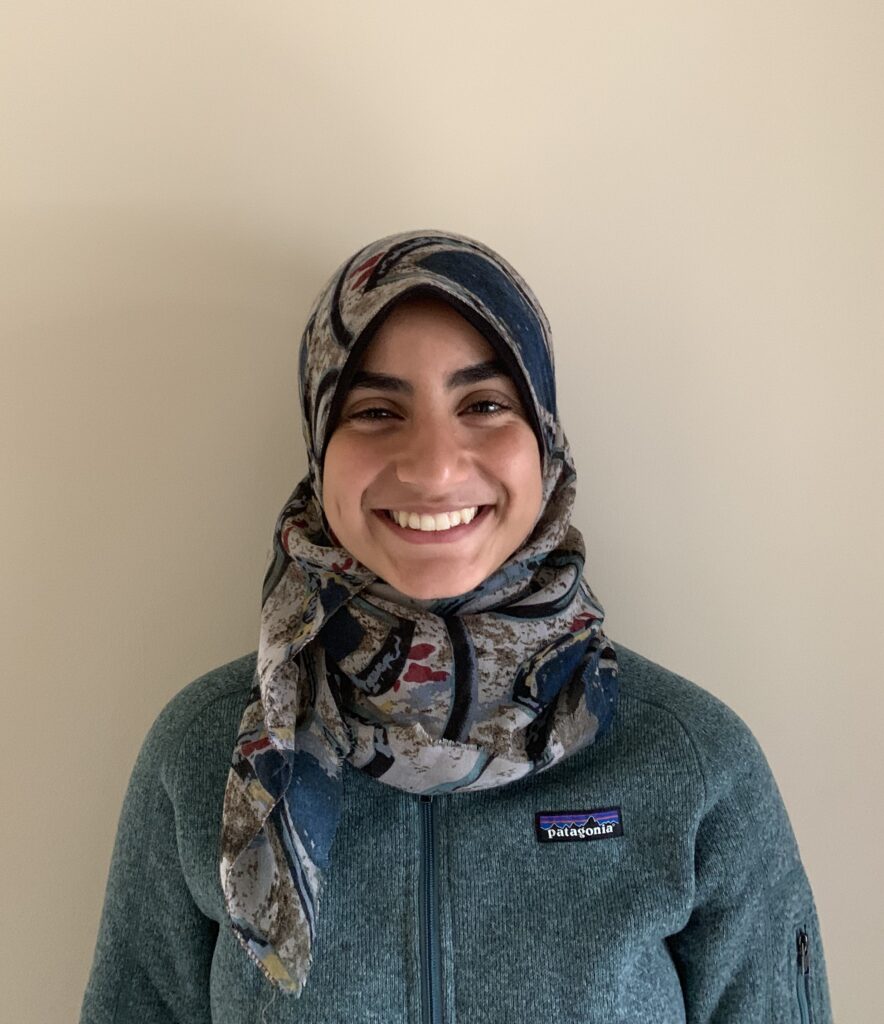
Rahma Hamza
Assistant Researcher.
Focus: Design & Implementation.
4th-year UBCO – Honours Microbiology Undergraduate. Interests: virology, patient care and sports medicine

Debangsha (Deb) Sarkar
Computer Scientist.
Focus: VR & AWS Implementation
UBCO Ph.D. student in Electrical Engineering: Interests: Artificial intelligence, machine learning and EMR.
ACL RECONSTRUCTION SURGERY


AFTER (right): Example of ACL reconstruction surgery. Surgeons use hamstring tendons to create an allograft or autograft. Pictured: fixation device.
Credits: Anterior cruciate ligament rupture – Clinical Advisor
how does an ACL Tear or Rupture feel?
“It hurt like hell!”
– Tess
” I felt a pop from my ears and all the way to my toes…. I tried to stand up and my knee gave out. It was very uncomfortable and hurt like hell the next day.”
– Zac Efron on The Ellen Show 2019
Registration
Participants will need to complete all medical consent forms prior to participating. Participants under 18, must have a parent or guardian sign these forms for them. The forms must be signed, emailed to support@vistacan.com and or submitted below. Please note: that participants will be assigned to different groups and may not complete all the exercises or activities listed below.
CALL 250 300 3284
any Saturday between 10 am – 4pm
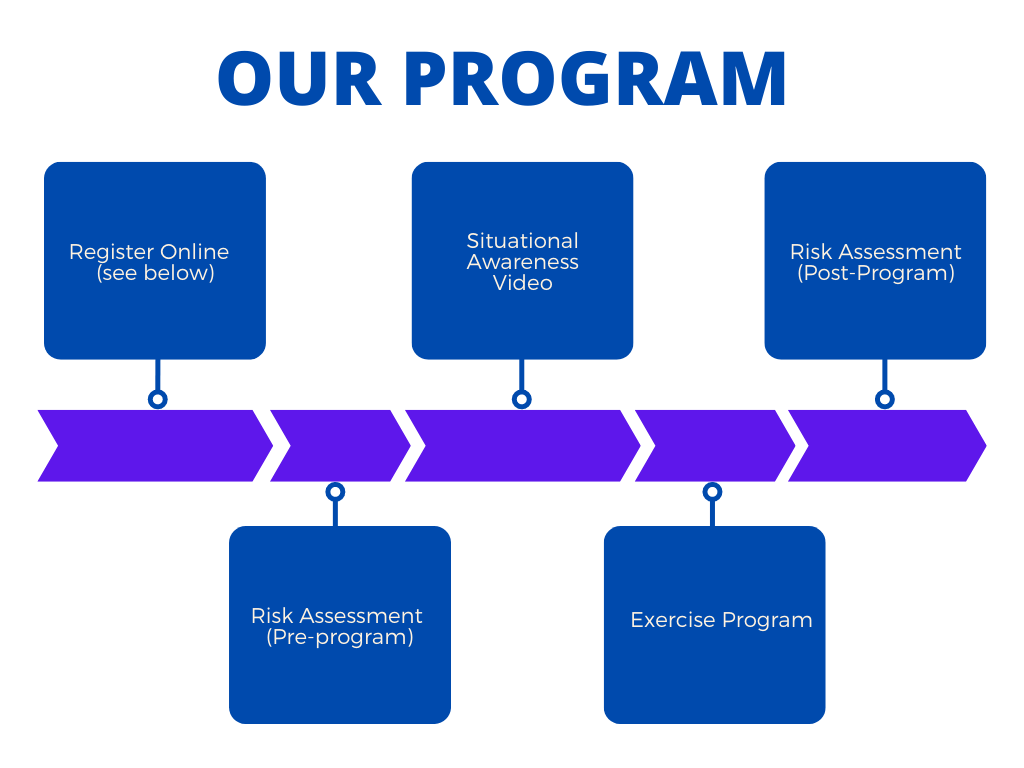
Posters & Instructions
Sample – Exercise Video
Sample – Situational Awareness Video
Project Timeline – Schedule

1. Risk Assessment (Pre-Program)
Using the Landing Error Scoring System (L.E.S.S) all participants were recorded on camera from the frontal and sagittal planes. The videos were scored by two evaluators at later date using LESS criteria. Individuals that have a score 5 or greater will be classified as HIGH RISK and individuals that have a score fewer than 5 are considered LOW RISK.

2. Situational Awareness Video (Pre-Post)
Participants will watch a half an hour video meant to be orientation and to ensure skiing safety as you hit the slopes. You will learn about knee anatomy, the types of ACL tears, how these injuries occur, testimonials and how to prevent them.
This portion will be delivered pre-exercise and post-exercise program.

3. P.E.P. Program
The Performance Enhancement Program (PEP) program will be conducted 20 minutes a day for 5 days a week over the course of three weeks. This program has been clinically proven to reduce ACL injuries and other injuries by improving spatial awareness, neuromuscular balance and reinforcing landing techniques.
This portion will be completed three weeks prior to the start of skiing season.

4. Risk Assessment (Pre-Season)
Using the Landing Error Scoring System (L.E.S.S) all participants were recorded on camera from the frontal and sagittal planes. The videos were scored by two evaluators at later date using LESS criteria. Individuals that have a score 5 or greater will be classified as HIGH RISK and individuals that have a score fewer than 5 are considered LOW RISK.
This risk assessment will detect quantifiable changes in ACL injury risk following the completion of the program and before the skiing season begins.

5. Report & follow up
The place of employment will report weekly throughout the season if there are any and all injuries at the workplace by the registered employees including the name of participants.
We will follow up with the individual and confirm through medical records the type of injury and whether or not the ACL was damaged.

6. Situational Awareness Video (Monthly)
Participants will watch a half an hour video meant to be orientation and to ensure skiing safety as you hit the slopes. You will learn about knee anatomy, the types of ACL tears, how these injuries occur, testimonials and how to prevent them.
This portion will be delivered once a month during the season to remind employees of the risks while doing their job.

7. Risk Assessment (Post-Season)
Using the Landing Error Scoring System (L.E.S.S) participants were recorded on camera from the frontal and sagittal planes. The videos were scored by two evaluators at later date using LESS criteria.
This will confirm whether or not the information and exercises given at the start of the season have been retained over the course of the season.